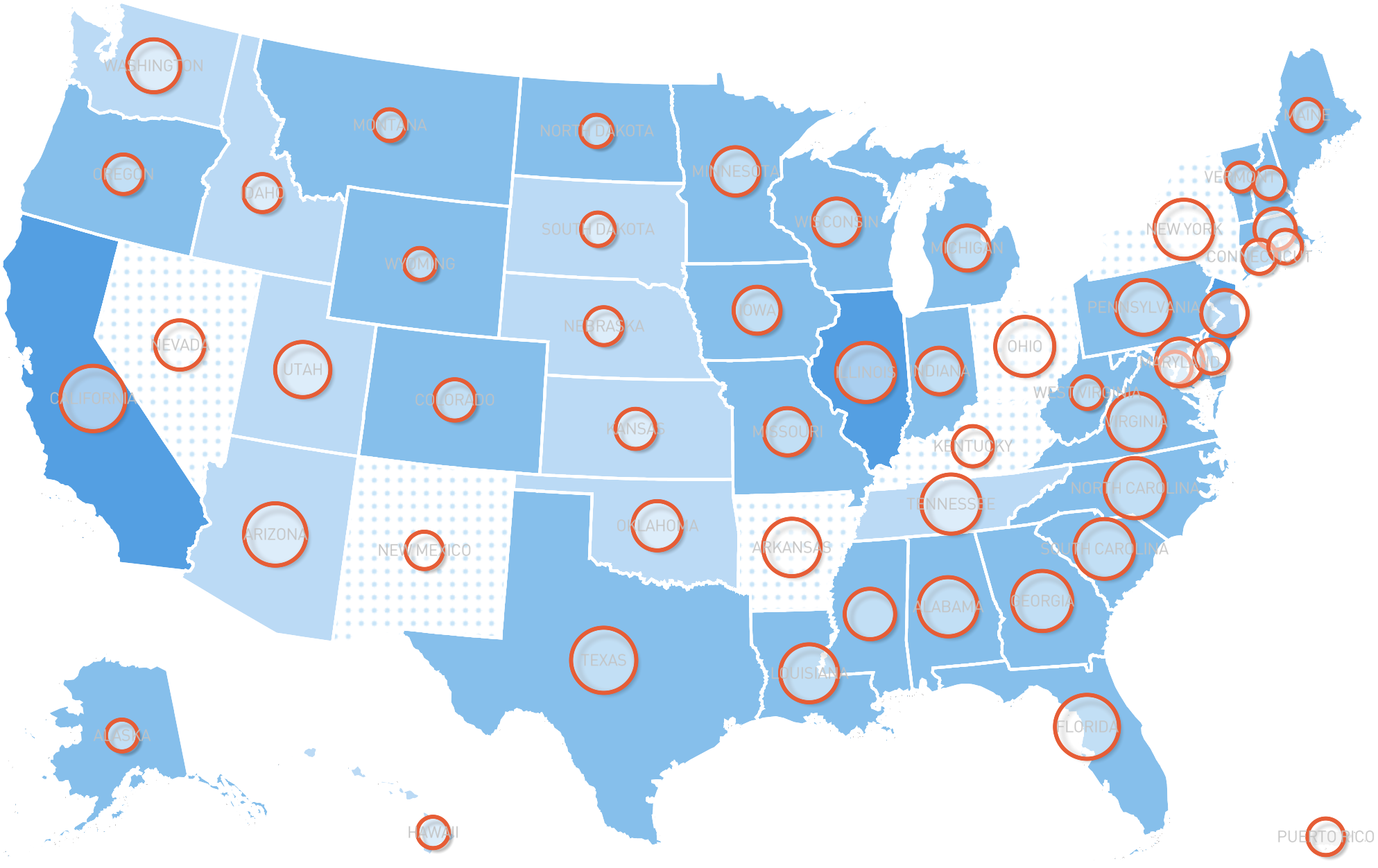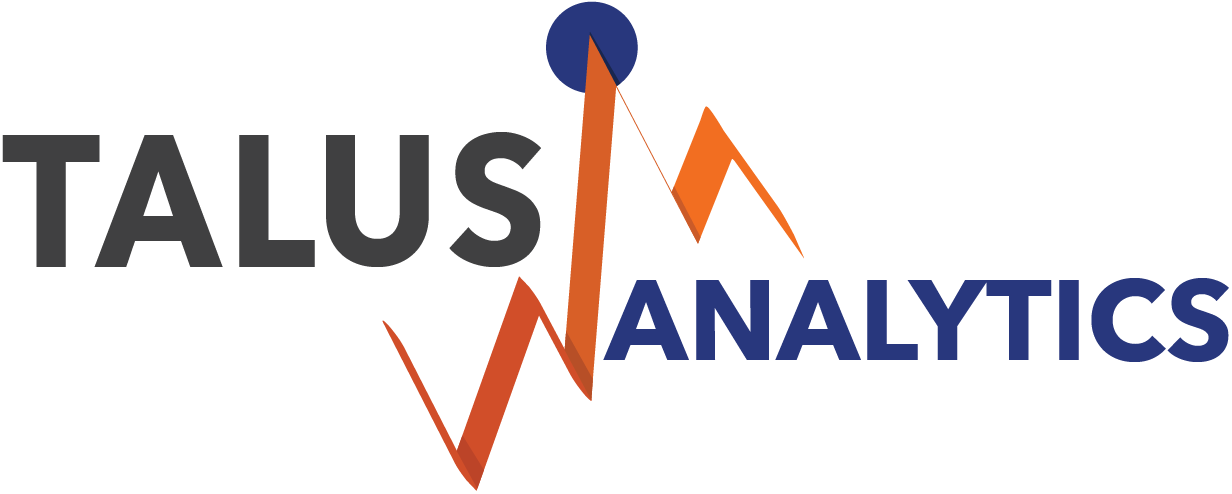COVID-Local in Practice: Helping Montana’s Tribal Leaders Protect Their People
Aug 5, 2020

COVID-Local Team
As the COVID-19 pandemic was intensifying across the country in March, leaders of the Native American tribe Blackfeet Nation instituted a mandatory mask order and followed a slew of other health mandates to protect their people. It worked. They managed to keep COVID-19 out of their 3,000-square-mile reservation in northwest Montana.
Then, the state transitioned to a Phase 2 re-opening at the beginning of June, and traffic increased as tourists and others passed through the Blackfeet Indian Reservation on their way to Glacier National Park. By July, there were nine cases of COVID-19, and tribal leaders were worried.
That’s when they re-convened with experts from COVID-Local, a website for local decision-makers developed by the Global Biological Policy and Programs team at the Nuclear Threat Initiative (NTI), the Center for Global Development, the Georgetown University Center for Global Health Science and Security, and Talus Analytics to help local leaders navigate decisions related to slowing the spread of the pandemic. The COVID-19 Frontline Guide offers easy access to checklists, decision points, and progress indicators and leaders develop and sustain their response to the pandemic.
After meeting on July 10 with Jessica Bell from NTI, Dr. Rebecca Katz from Georgetown’s Center for Global Health Science and Security, Dr. Ellie Graeden from Talus Analytics, and Dr. Cora Neumann from We Are Montana, tribal leaders announced that all park land on reservation property will remain closed at least until August. Governor Steve Bullock supported the Blackfeet nation’s decision to close its borders, especially as Montana has seen a rise in COVID-19 cases (as of July 15, Montana was considered in a critical risk level) and tribal national have been disproportionately affected by COVID-19.
“This is exactly why we established the COVID-Local guide – to help leaders develop plans to fight the pandemic that fit their communities, and to help them reassess those plans for the future,” said Jessica Bell, senior program officer with NTI’s Global Biological Policy and Programs team. “It’s so important to take swift steps to prevent the spread of disease when it begins, and we’re grateful we could work with Blackfeet Nation leaders as they made the difficult decision to keep their borders closed.”
Tribal leaders in Montana have been collaborating with COVID-Local experts for months to build a network of support, share lessons learned and effective guidance to reduce virus transmission, and advocate for resource access to protect their populations, including testing equipment, funding, and personal protective equipment. Discussions during virtual meetings have centered on topics from how to employ physical distancing and effective contact tracing to communicating effectively with members of the community to accessing the benefits provided by the U.S. government’s CARES Act.
COVID-Local.org provides a suite of free resources developed for local decision makers, including mayors, tribal leaders, and public health officials in the United States and across the globe, who are working to keep their communities safe during the COVID-19 pandemic. The site includes step-by-step guidance, metrics for phased re-opening, and a policy mapping tool that visualizes the impact that policies have on specific areas. For more information, including how to have a virtual Q&A session with the COVID-Local experts, email: (COVIDLocal@nti.org).
A version of this article has been cross-posted on NTI’s blog, Atomic Pulse.







